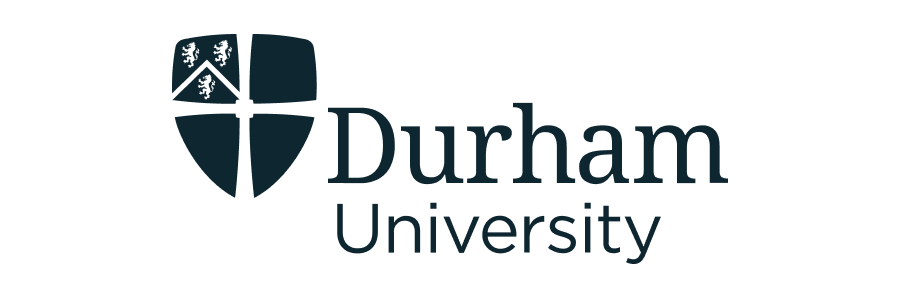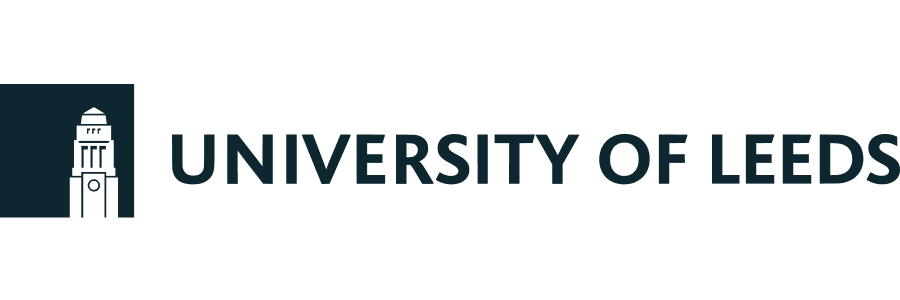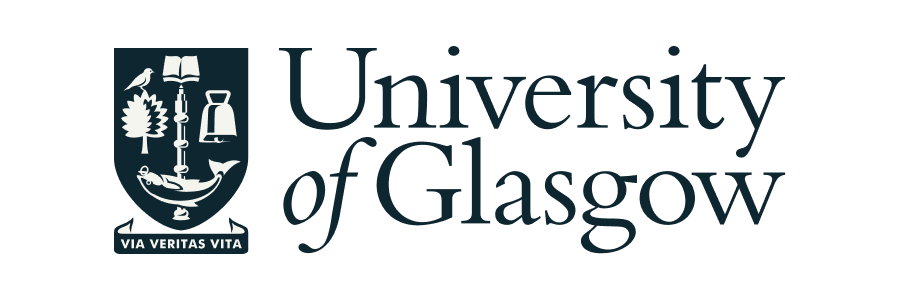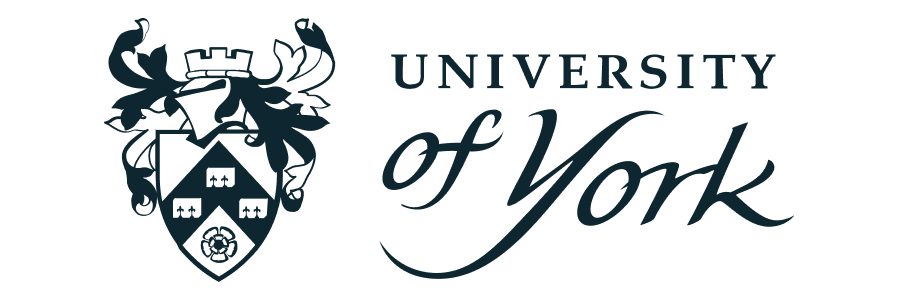The proposed project builds upon the applicants’ strong prior contributions in AI-driven control, explainability, and digital twin modelling within AI/Open RAN environments. The team’s expertise is evidenced through the following accomplishments:
- A contrastive learning-based data augmentation approach: “Contrastive Learning for Distortion Tolerable Network Slice Prediction in Open RAN”, IEEE WCNC Conference 2025. DOI: https://doi.org/10.1109/WCNC61545.2025.10978529
- “Multi-agent Q-learning with Particle Filtering for UAV Tracking in Open-RAN Environment”, IEEE Transactions on Aerospace and Electronic Systems. (Published) DOI: https://doi.org/10.1109/TAES.2025.3559518
- Diffusion policy-based RL for resource allocation: “Diffusion Policies Reinforcement Learning for Resource Allocation in Open RAN Digital Twin”, IEEE Networking Letter.
- Multi-agent coordination using HAPPO and attention-HAPPO: “Heterogeneous-Agent PPO RL for xApps Coordination in Digital Twin Enabled O-RAN”, IEEE ICCC Conference 2025. DOI: https://doi.org/10.1109/ICCC65529.2025.11148612
- Weighted attention module implemented for ORAN xApps coordination: “Service-oriented Attention HAPPO for xApps Coordination in Digital Twin Enabled AI-RAN” IEEE TNSM.
- “Detecting and Mitigating Adversarial Machine Learning in Open RAN Using Digital Twin” IEEE WCL.
- ”Multiagent Q-Learning with Particle Filtering for UAV Tracking in Open-RAN Environment” IEEE TAES.
Technical Contribution
A data augmentation and synthesis framework for creating and configuring digital twins and training AI/ML models. The framework integrates site surveys from BCU’s Open RAN testbed, joint reporting on physical RAN conditions with event-driven updates (e.g., Birmingham city-centre campus planning and real-user mobility), and generative model-based synthetic data generation. The hybrid approach combines:
- Real data (e.g., measured over-the-air error vector magnitude in 5G NR indoor factory scenarios, IEEE Access),
- Synthetic data (e.g., macro node B covering a care community, micro nodes for hospital IoMT, IEEE ICIT 2024; network slicing datasets for QoS provisioning, IEEE WCNC 2024), and
- Open RAN emulation data (e.g., virtualised BBU datasets, IEEE IJCNN 2024; retrieval-augmented generation O-RAN assistant, IEEE INFOCOM Workshop 2025).
This capability significantly enriches datasets across heterogeneous environments and supports the proposed project’s data-centric AI methods.
Built and demonstrated two functional prototypes:
- A general-purpose digital twin architecture for RAN simulation and visualization.
- A technical demonstration of xApp-based resource block allocation strategies.
Community engagement and dissemination:
- Organised or participated in three major workshops in 2025: the IEEE WCNC, the IEEE EUCNC, and the IEEE INFOCOM.
- Team members engaged in WMC 2025 to promote outputs from UKRI/DSIT-funded Open RAN projects such as HiPer-RAN, 5G-MODE, ONE4HDD, TUDOR (led by Surrey), YoRAN, and REACH (led by York), many of which directly support AI/Open-RAN-TWIN.
- The University of York team also contributed to the 2025 8th O-RAN 6G Workshop: “Reflection of the Eve on 6G”.
These activities collectively demonstrate the team’s solid foundation and strategic alignment with national and international AI-RAN research efforts, positioning them strongly to deliver the proposed project.
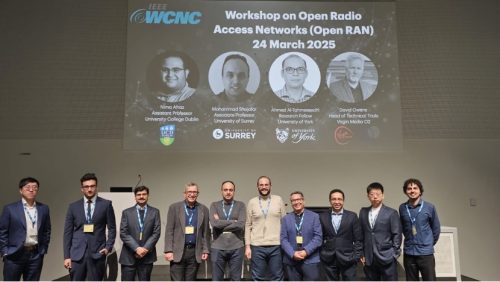
Fig. 1 ORAN TWIN attend WCNC conference in Milan.
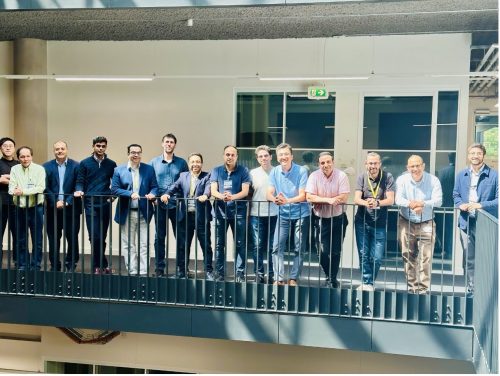
Fig. 2 ORAN TWIN team attending monthly discussion meeting in Birmingham City University.
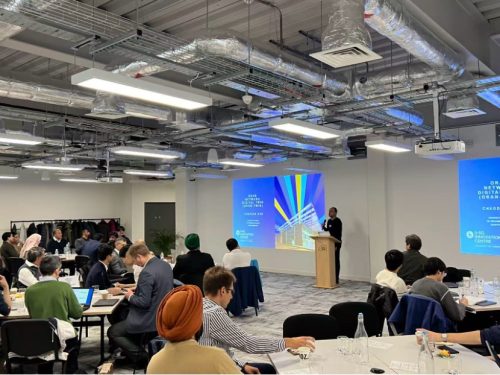
Fig.3 Dr. Shojafar giving presentation on Cheddar Hub at 6G Hub meeting.
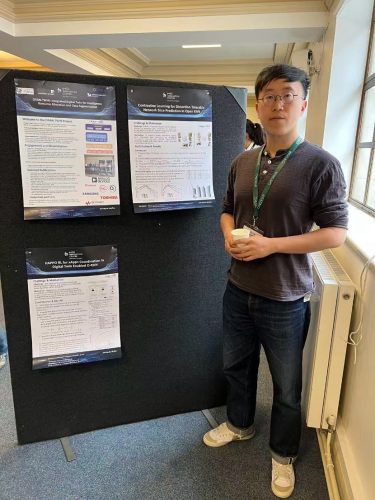
Fig. 4 Dr. He at Cheddar Hub industrial partners and Cheddar partners day.


